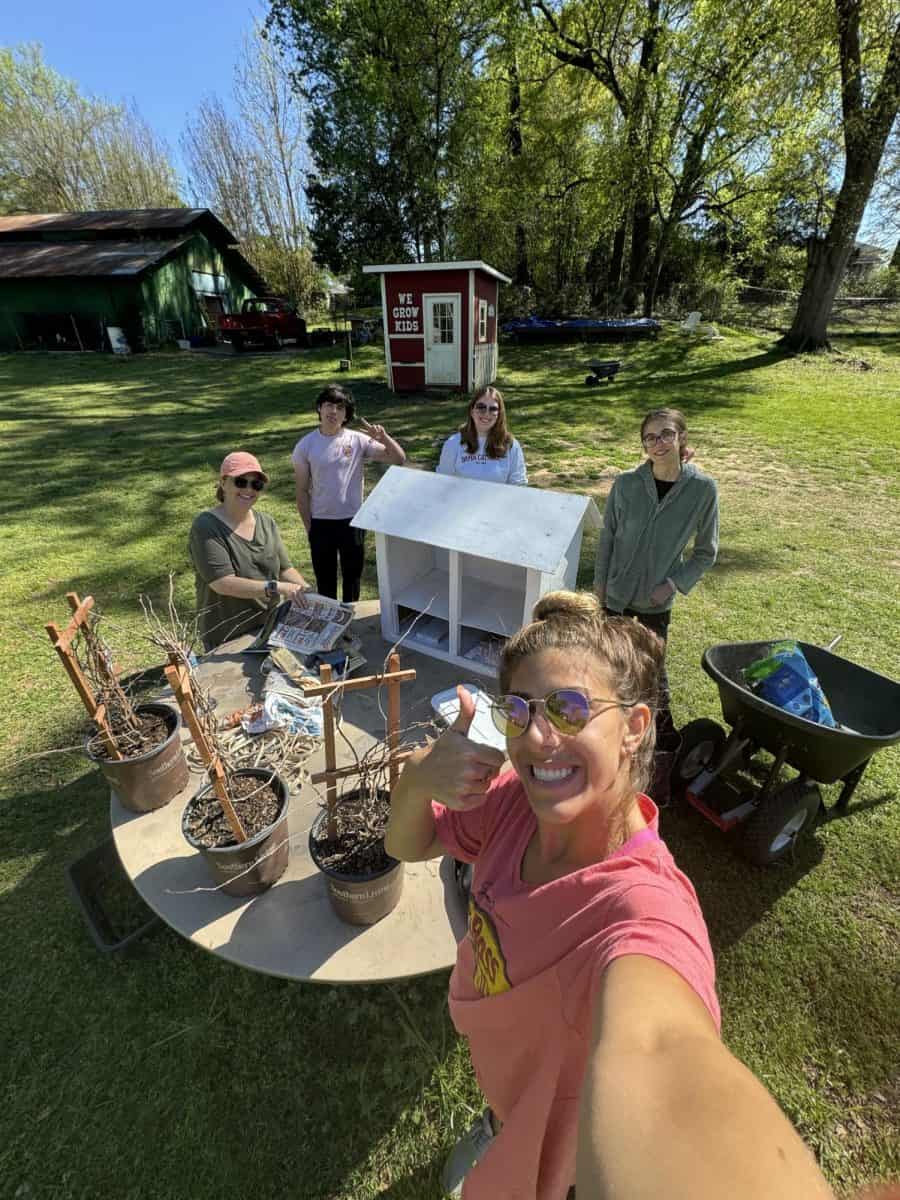Online applications, employment search engines and digital questionnaires have taken the current crop of job applicants into what Time.com calls “the recruiting black hole.” Companies are standardizing the hiring process to meet government regulations, and applications are no longer delivered by hand. Candidates click them away into cyberspace, sometimes to no avail.
According to the 2011 CareerXRoads Source of Hire Report, companies surveyed filled 50.3 percent of all open positions internally. Of all external hires, 43.7 percent came from job boards and career sites. According to Jobs2Web clients in 2010, an average of 826 visitors see each posting on a company career site, and 90.6 visitors complete applications. However, only an average of 1.2 offers are made.
In a world of immediate connections, students entering the job market can feel more disconnected than ever before.
Elliot McCandless, a freshman majoring in civil engineering, obtained his job at Dunkin’ Donuts online, but said he has reservations about applying online for full-time jobs. He said online applications don’t always receive a response because there’s no in-person contact.
“I would rather have a paper application where you fill it out and mail it in, because then I know that at least they’re going to receive it,” McCandless said. “The problem with an online application is you can’t get a good picture of a person at all.”
Travis Railsback, executive director of the Career Center at The University of Alabama, said he agrees that while online applications are efficient, they present new challenges to the job market. The most prominent challenge is increased applicant pools for a handful of positions, with hundreds or even thousands of applicants applying for one position, Railsback said.
“The challenge for the candidate is that it makes the hiring process much less personal,” Railsback said. “It’s frankly quite easy to become just a number in the system.”
Railsback said there are several ways for candidates to stand out in the increasingly large applicant pool, beginning with research. He encourages students to research the hiring process and culture of the company as well as the expectations of the position.
“There’s no ‘one size fits all’ when it comes to the hiring process. There’s just not,” Railsback said. “It varies from organization to organization, and that’s where you’ve got to do your homework.”
Students can begin by contacting alumni or any contacts they might have at the workplace. This can be done through social networking, mentors or an alumni database, like that of the Manderson Graduate School of Business.
Connie Chambers, the Manderson director of corporate and alumni relations, said she encourages students to contact alumni at the company they’re applying for to get a sense of the company’s culture and needs.
“What we ask students to do is once you’ve applied, look at our alumni database. See if there’s an alum that we have with that company. It’s always great to reach out to them and let them know that you’ve applied,” Chambers said.
Railsback said the next step is for applicants to make sure they meet the requirements and skill set of the job, and then show employers how their experiences have made them ideal for the position. Railsback and Chambers both advise students to write a new resume specific to each application.
“Make it easy on the person on the other end who’s receiving your materials. That may seem obvious, but a lot of people don’t do it,” Railsback said. “The key thing is never losing sight of the fact that it’s all about transferable skills. It’s all about showing how your education and experience is likely going to lead to success in that role.”
Gary Ward, Manderson’s director of graduate career services, said he points students to word cloud generators, like TagCrowd.com, that can give students an actual image of what companies are looking for while hiring. He said copying and pasting the job description into a word cloud would show which keywords define a certain position.
“We’ve started encouraging students to take the 30 seconds it takes to do a word cloud to try and find those keywords,” Ward said. “You’re going to become frustrated if you keep trying to submit the same material and don’t do anything to make yourself stand out.”
Ward also warned against grammatical and spelling errors that can be easy to miss online. He and Chambers said lessons learned in freshman English can make or break an application.
“I could go on and on about the English language for hours on end,” Ward said. “Students need to be really careful that they make good use of spelling, grammar, punctuation. That speaks to that person’s attention to detail.”
After students have researched positions, proofread their resumes and submitted the application, there are steps that can help them follow through to the next phase of hiring. This begins with a professional online presence.
“It’s very true that online party pictures can cost you, but companies also look online just to see if you are a good fit. They’re trying to do their research too,” Railsback said.
Chambers said it is equally important to make a spreadsheet and update it after every application. List the company, position and any other relevant information tied to an application.
“You can be very busy and get your applications out, but if you don’t keep track of them and a company calls, you don’t want to be asking what company or position they’re talking about,” Chambers said.
Railsback said applicants might also call the company to follow up, but first should make sure it won’t be taken the wrong way.
“You can be seen as trying to circumnavigate the hiring process, which can irritate people, but, on the other hand, you can be seen as industrious and eager and trying to make the right connections,” Railsback said.
McCandless has had success with calling companies because it requires a two-way conversation between employee and employer, something he said he believes emails and online documents may no longer solicit.
“It’s funny. We live in the instantaneous generation, and we view emails as instant, but nowadays emails and text messages are becoming not instantaneous,” McCandless said. “What’s instantaneous is to call someone or approach them in person because then you know they’re going to have to respond to you.”
Taking the steps before, during and after applying for a job does not guarantee a position. However, Railsback, Chambers and Ward all said they agree that extra diligence is necessary for each job application, as applicant pools are now open to anyone on the Internet.
“The point: You’ve got to go out yourself and do it because it’s competitive. It’s very competitive,” Ward said.






